Linen, Quiet Luxury and Headwinds: Textile-makers Brace for Uncertain Year

MILAN — Despite geopolitical turmoil and economic headwinds, Italian textile-makers are standing by their strategies, trying to dodge expected fluctuations in 2024 and reassuring their clients — and end consumers — with timeless and classy fabrics for spring 2025.
Rich in linen and linen blends, new four-season interpretations of cozier yarns, a restrained palette and an overall predominance of solids and micro-patterns, collections nodded to the quiet luxury trend, or more simply to fashion clients’ desire to spend on investment pieces rather than fashion-forward creations.
More from WWD
An early adopter of understated elegance, Brunello Cucinelli and his team were among the attendees at the three-day textile trade fair Milano Unica, which closed here Thursday, in addition to Franco Loro Piana from Sease and Lorenzo Serafini of the Aeffe-owned Philosophy di Lorenzo Serafini brand.
The latter touted the fair’s dynamism. “I’ve lo lo p noticed a significant growth of high-end international exhibitors from international markets such as South Korea and Japan,” Serafini said. “I’ve grasped a really positive energy, which sends an important sign of hope in such a complex scenario.”
The fair saw the 609 exhibiting textile-makers embracing the state of economic uncertainty, advancing their sustainability and innovation, hoping that consumer confidence would recover in the second half of 2024.
To be sure, the most recent projections by the Altagamma-Bain & Company Worldwide Luxury Market Monitor 2023 pointed to growth for the personal luxury goods market to between 365 billion and 390 billion euros in 2024.
That study also highlighted a slowdown in the fourth quarter last year, which is expected to stretch well into the first half of 2024.
Brands are making steps to trim their inventory and offset the overstocking done throughout 2022 and the first half of 2023 when fashion expenditure was on a roll, textile executives said.
“Time to market for the supply chain had become very long, leading to brands overstocking materials. We’re seeing the ripple effects of that trend being offset,” said Ercole Botto Poala, chief executive officer of woolen mill Reda.
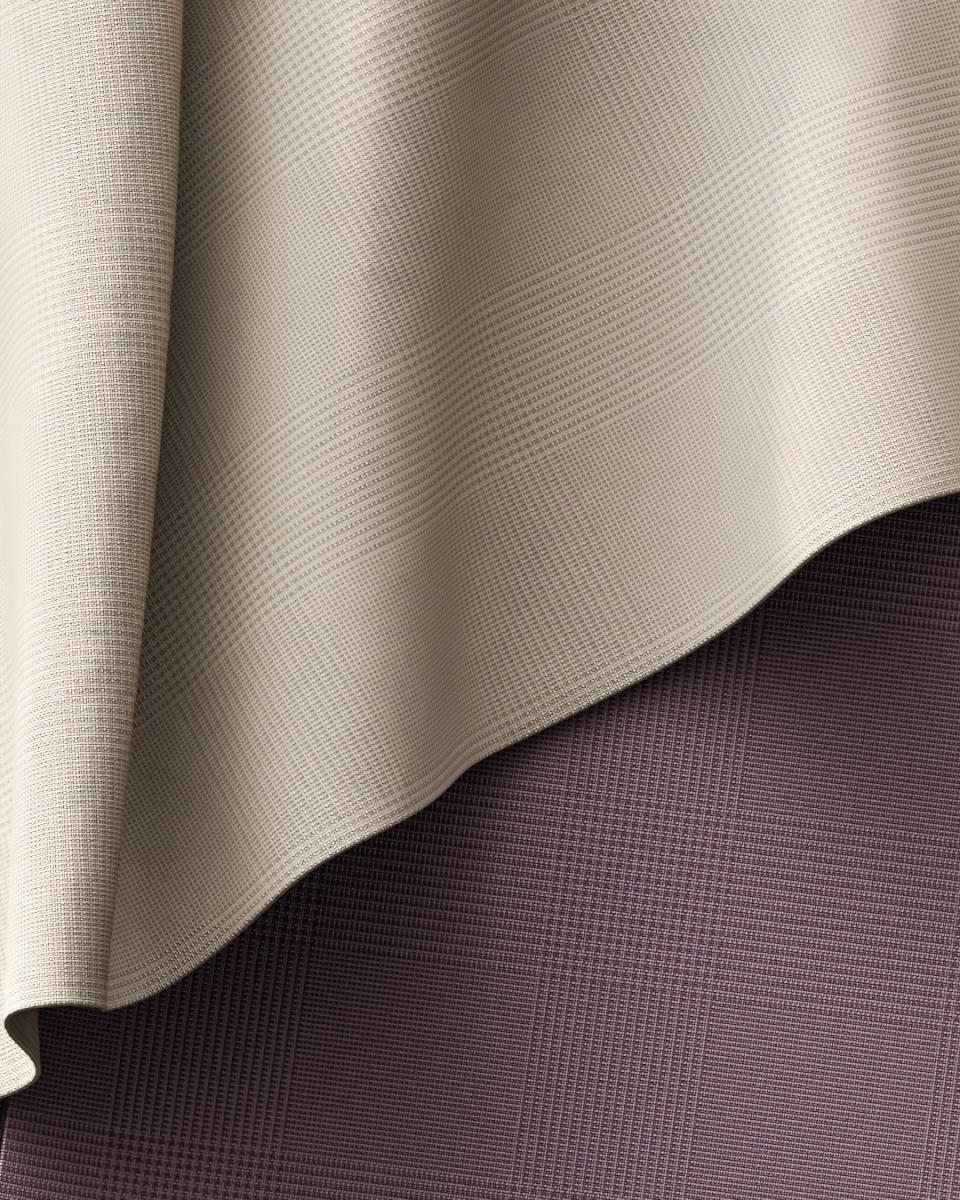
This doesn’t seem to have undermined companies’ confidence in their strategies geared at expanding their footprint in the luxury space, which is traditionally more resilient.
“I believe the first six months of the year will be challenging but I’m confident about the second half. Europe will intervene to reduce interest rates to boost the economy and although it’s hard to predict when the sun shines again, it will, for sure,” said Botto Poala. The company posted 115 million euros in 2023 revenues with improved earnings before interest, taxes, depreciation and amortization, but the executive expects a decline in sales this year.
According to Stefano Albini, CEO of cotton specialist Albini Group, 2024 will be “a reflective year, but still positive… the real issue is interest rates eroding our margins and impacting end consumers’ spending power, especially in the middle-class tier… International turmoil speaks to people’s gut.”
To this end Fausto Caneparo, CEO of Canepa, said that “we can’t consider long-term planning anymore. In the past we were used to working on five-year strategies, now it’s three years at most.” The company is forecasting sales of 20 million euros in 2024 paving the way for a stronger growth in 2025.
A slowdown in fashion sales could also be pointing to more responsible consumption choices, according to Andrea Crespi, Eurojersey’s managing director.
“The pie won’t be bigger so the values to stand by and keep growing with will be different. The sector is going to move from a transactional economy to a relational one, involving the entire pipeline,” he said.
After revenues fell 13 percent to 78 million euros in 2023, Crespi expects 2024 to be in flux and more stability to come in 2025.
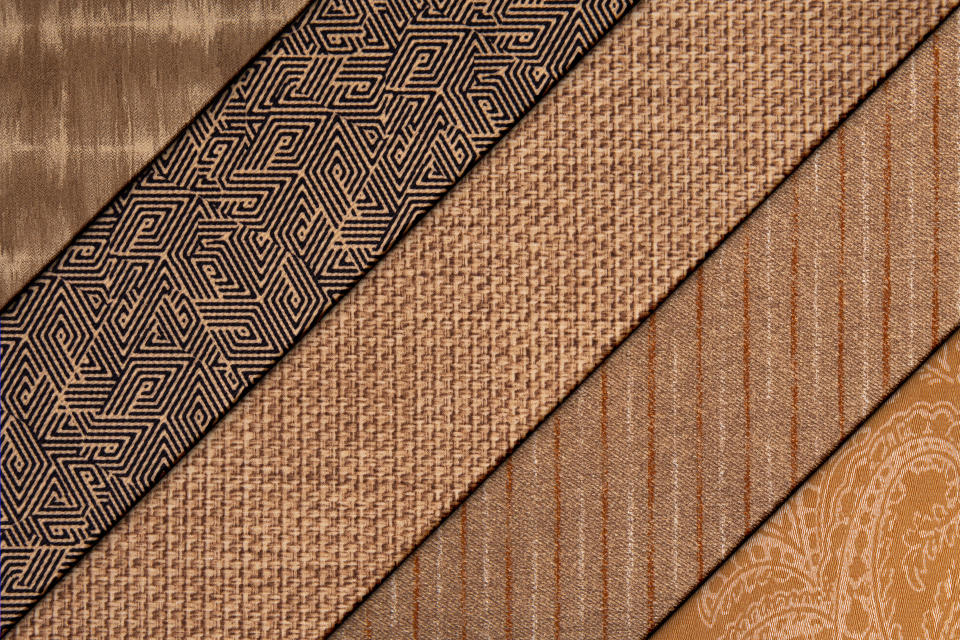
“Revenge spending is gone,” echoed Alessandro Barberis Canonico, CEO of the Biella, Italy-based Vitale Barberis Canonico wool mill. “Should conflicts come to an end, we see bigger opportunities in underrepresented markets such as the Middle East,” he offered, adding that the company — which had sales of 166 million euros last year — is also hoping for expansionary policies from China in the second half of 2024.
For many, 2023 was still an exceptional year, with the Piacenza 1733 woolen mill, for example, now a group comprising the namesake firm, Lanificio Fratelli Cerruti, patternmaker Arte Tessile and Lanificio Piemontese, posting sales of 120 million euros, up from 94 million euros a year earlier.
“As expected, we foresee a period of settlement with slowdowns in 2024 also due to various macroeconomic challenges such as the crisis in the Suez Canal for flax. We have to be responsive to changes,” said brand manager Vasiliy Piacenza.
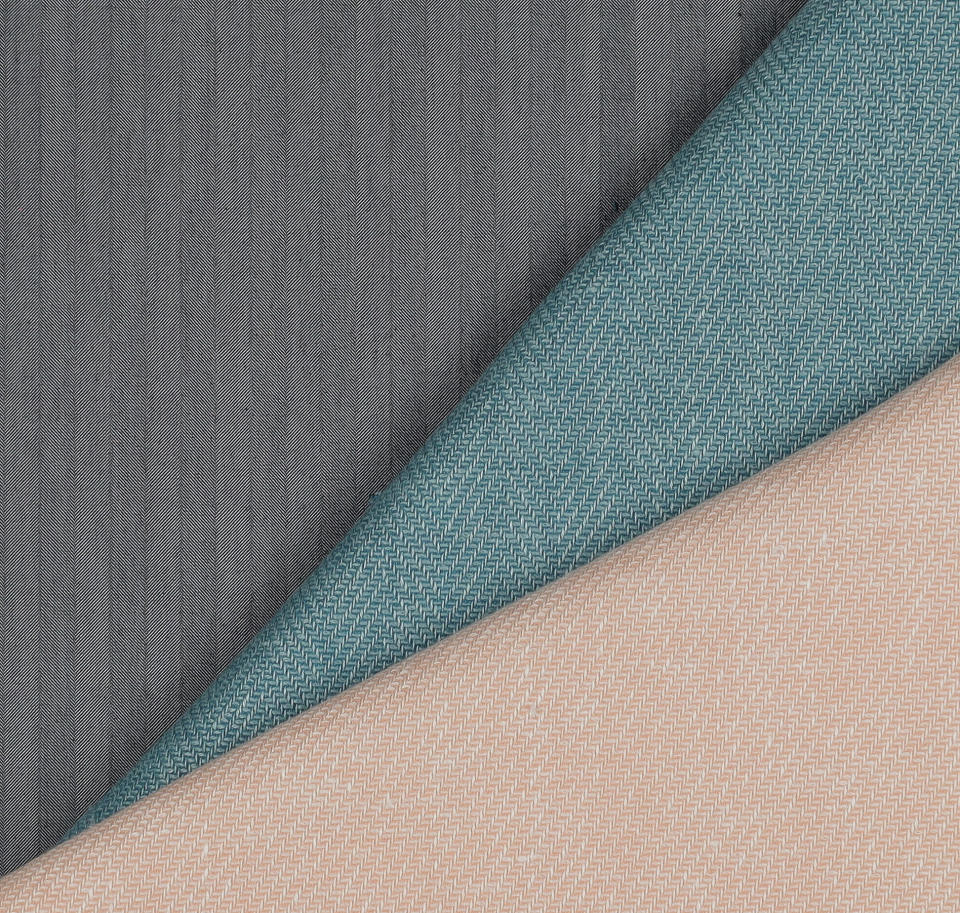
All companies are scrutinizing the rebound of the Chinese market, especially as a driver for luxury brands, many of which exhibiting textile-makers supply to, and the upcoming U.S. elections.
“Younger generations and the Asians and American markets are most likely [our clients’] customers,” said Franco Mantero, president of the namesake Como, Italy-based silk specialist, singling out its 22.6 percent jump in 2023 sales to more than 101 million euros.
According to figures issued by Sistema Moda Italia, the association of textile companies in Italy, 2023 revenues for the sector inched down 2.5 percent to 7.7 billion euros, while exports declined 2.7 percent to 4.4 billion euros.
The fair — the first after Sistema Moda Italia exited the Confindustria Moda alliance, which comprises also jewelry, eyewear and footwear firms, as well as tanneries — drew 5,886 visitors, up 11 percent compared to the same edition a year ago, and marked the last overseen by president Alessandro Barberis Canonico, to be succeeded by Simone Canclini.
Speaking at the opening ceremony, Barberis Canonico urged the government to support companies from the sector, which employs about 400,000 people across energetic, labor and export policies, directly addressing the Ministry of Enterprises and Made in Italy Adolfo Urso, who attended the event and touted Italy’s commitment to foster the industry 5.0 transition with the allocation of more than 12 billion euros in funds.
To be sure, executives are not skimping on fueling innovation at their companies. The Tuscany-based Manteco mill — which had a turnover of 100 million euros in 2023 — is expecting a 25 percent increase of its production in the wake of the recent acquisition of Casentino Lane, a storied spinning mill located in the Casentino area, a UNESCO World Heritage site.
“This is a crucial operation to ensure excellence in our supply chain, but it’s only the first step. The factory will undergo significant improvements in sustainability and innovation,” said Marco Mantellassi, CEO of Manteco. Acknowledging 2024 as a complex year, he stressed Manteco’s focus on “innovative products, based on scientific data and luxury fibers. We are investing in traceability to give the final consumer a rich, innovative, traceable and transparent product.”
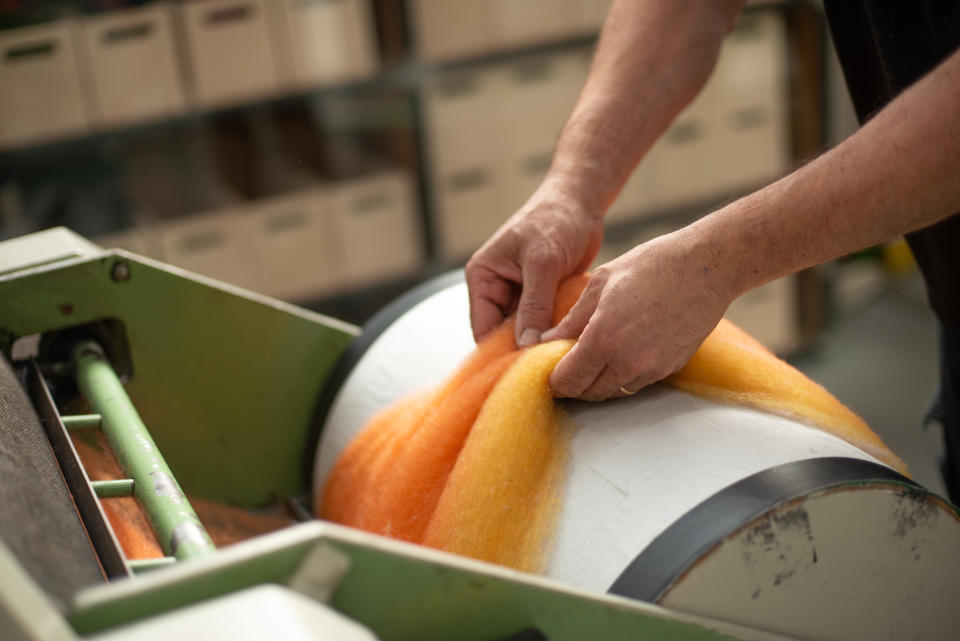
Already part of a group, interlining company Chargeur PCC hit the Rho-Fiera fairgrounds announcing a revamp of its storied Lainière de Picardie production site in Péronne, France, to be completed by 2024 with the replacement of looms and a new finishing line, developed in tandem with Mezzera and Brückner. “Crises are often harbingers of advancements and our goal was to achieve the best energy efficiency possible,” said Gianluca Tanzi, chairman and CEO of Chargeurs PCC.
The implementations are expected to significantly reduce waste and carbon dioxide emissions. Already a global company with several subsidiaries, Chargeurs PCC is looking at seizing more opportunities in the Indian market through a manufacturing joint venture and is gearing up to install a new coating plant in Ohio, where its parent company Chargeur Group already operates a facility.
Along the same lines, technological advancement to adapt manufacturing to different scenarios and needs is key at Biella, Italy-based Maglificio Maggia, with Umberto Maggia forecasting a 15 to 20 percent reduction in volumes due to the Israel-Hamas war and the Suez Canal crisis and an expected shortage of flax throughout the year.
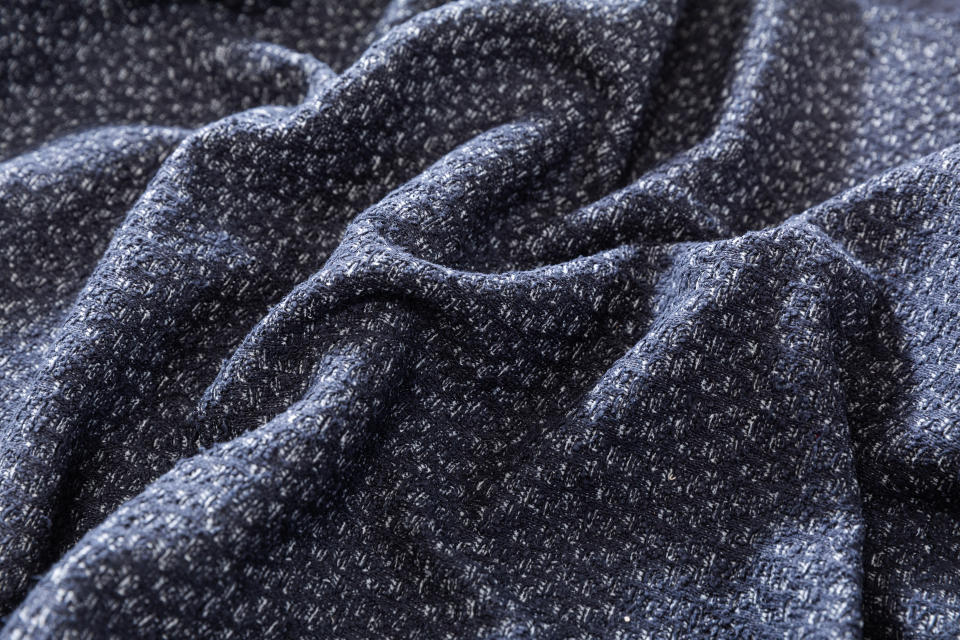
After textile companies made their bet on Gen Zers embracing the tailored look six months ago, exhibitors updated their sartorialwear-intended summery, timeless classics for spring.
Despite hurdles related to procurement, high-end textile-makers sourcing linen mainly in Europe relied heavily on the fiber, which was interpreted in unexpected ways.
It appeared as a blend with silk or cotton for more fluid or crispier effects in the Vitale Barberis Canonico collection, while over at Loro Piana’s textile division, the fiber’s different iterations on display highlighted linen as a luxury and noble fiber.
Boasting the Masters of Linen certification also promoted by the Alliance for European Flax-Linen and Hemp, which ensures the entire pipeline is European, the LVMH Moët Hennessy Louis Vuitton-owned firm offered 100 percent linen crepe versions with a crisp quality, as well as blends with Australian 150s wool for open-weave, slightly see-through textiles and in blends with silk and wool for bouclé effects befitting transitional outerwear.
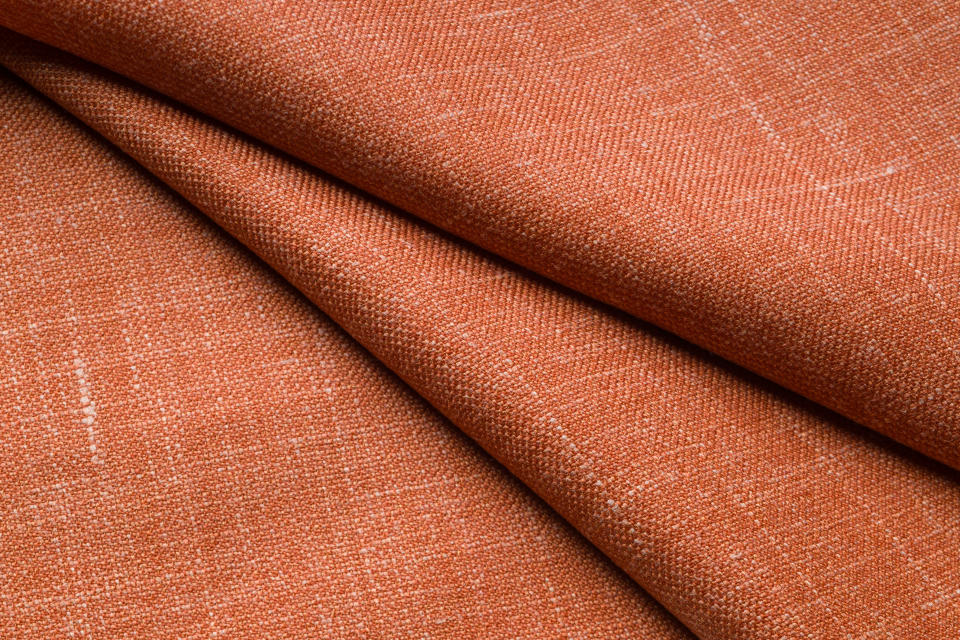
The yarn was predominant in the Jersley range of fabrics woven to look like jersey, particularly suitable for summery overshirts, while a 100 percent linen denim and the Hard du Lin offering comprising more structured fabrics with subtle herringbone patterns expressed the fiber’s versatility.
Manteco’s Bellavita’s range included textiles crafted from European Flax-certified linen, presented in various weights and boasting a vintage flair inspired by the 1950s and 1960s.
Linen took a technical, yet sophisticated detour at Maglificio Maggia paired with nylon, juxtaposed to cotton-linen blends prioritizing the use of natural-only yarns. It recurred in the Albini spring range, offered as a single-yarn textile or in blends with cotton and Tencel, the latter enhancing fluidity.
Praising the overall innovation and sustainability at the fair, Franco Loro Piana, the mastermind behind the Sease brand he launched in 2018 with his brother Giacomo, singled out the Italian organic cotton Itaco, a trademarked fabric from a newly established and fully Italian supply chain project overseen by textile-maker Beste. The result of a multipronged partnership with an Italian farm and spinning company, cotton — woven, dyed and finished by Beste — comes with blockchain-based traceability, opening the way for the integration of the Digital Product Passport.
Woolen mills highlighted the versatility of their hero fiber. Reda displayed fine 20.5-micron wool fabrics and blends with mohair for a 3D effect, flanked by linen, silk and wool twills with a rough, textured surface, bearing subtle patterns, including tone-on-tone madras and geometric motifs.
These were all the rage in the spring collections, including at Vitale Barberis Canonico, which presented textured bouclé wool, cotton, and polyamide blends, as well as “Saturday Night Fever”-inspired ceremony gear in 110s superfine wool with paisley and geometric jacquard motifs.
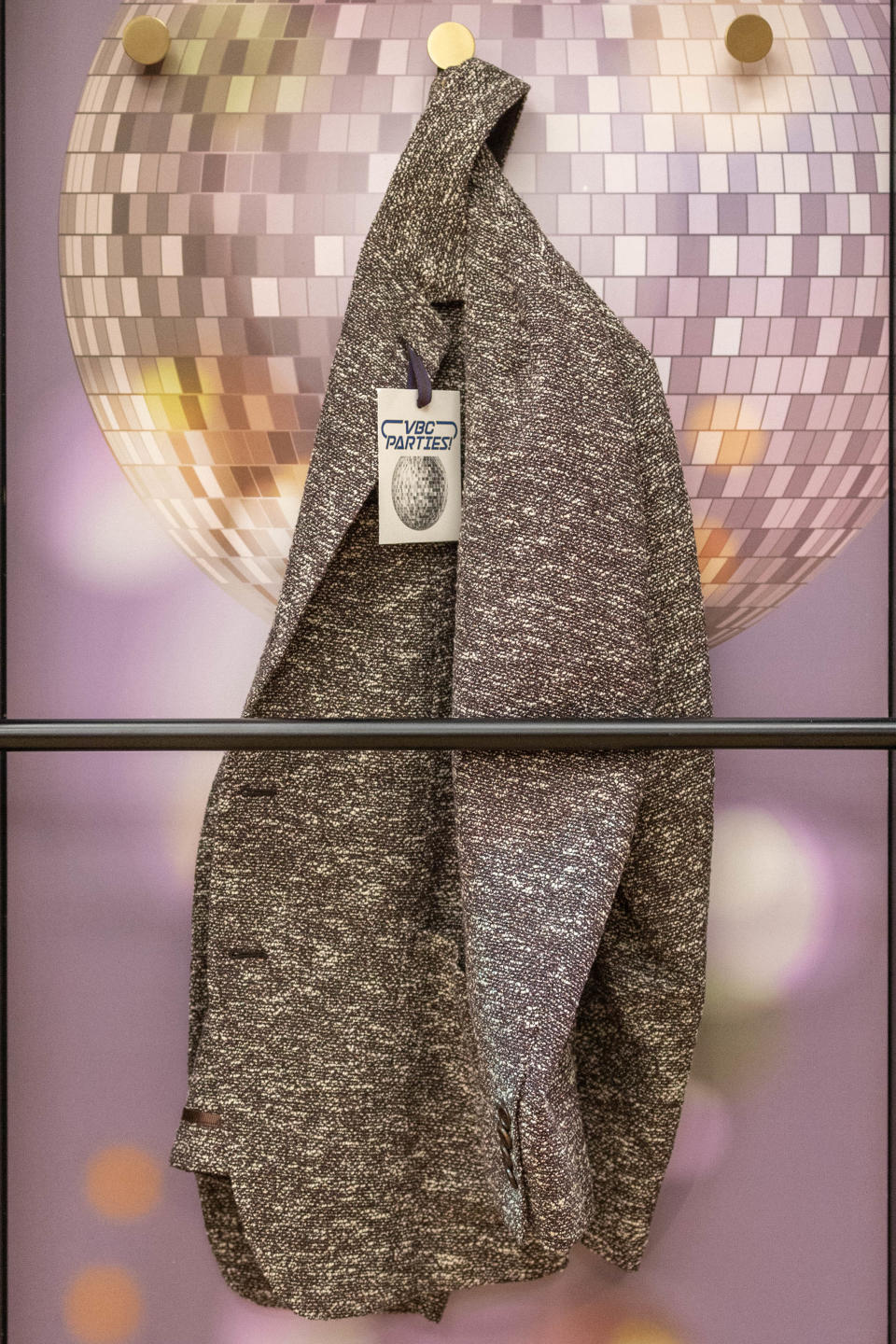
Piacenza 1733 also reinterpreted wintery fibers for spring, including its hero cashmere yarns, oftentimes blended with silk and linen. At Lanificio Fratelli Cerruti, 16-micron and 17-micron wools combined with shantung silk or mohair provided a shimmering effect intended for evening jackets and blazers, while silk and mohair blended with extra-twisted crepe wool had a crispier touch.
Even pattern-loving Eurojersey embraced a subtler direction for spring 2025, working its signature Sensitive Fabrics into desaturated solids and frosted finishings or embedding tone-on-tone, solid-looking Prince of Wales and windowpane patterns. Overall the company furthered its activewear-leaning business working on piquet and rib-knit textured prints befitting the athleisure segment.
Milano Unica has been growing its womenswear-leaning offerings, in a bid to boost its profile against competitors, including the Première Vision trade show in Paris.
Case in point: longtime exhibitor Tessuti di Sondrio, part of the Marzotto Group, introduced a women’s range under the “She/Her” moniker and overall embraced the quiet luxury trend, presenting sophisticated blends of cotton with linen, silk and nylon, or with wool for outerwear and pants.
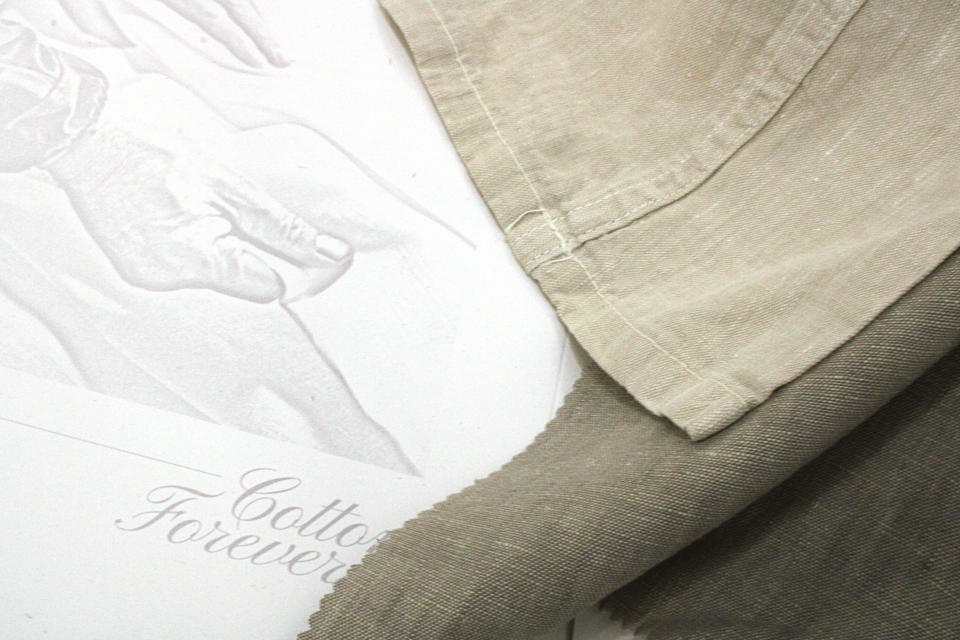
Botto Giuseppe used the trade show platform to spotlight environmental issues, conscripting sustainability champion and designer Bav Tailor to interpret subtly colored garments with its Responsible Wool Standard-certified wool. The spring season marked the introduction of SlowoolEarth, a Cradle-to-Cradle-certified fiber offered in tropical, twill and flannel versions and available in a wide range of colors.
At silk specialist Mantero, lingerie-inspired silk fabrics with loom-made rouches, and bed linen-reminding silk and cotton blends were among the standouts. More flamboyant options showcased the company’s expertise, as in the Mikado silk dyed with fluo pigments according to the QC, or Quadro Colore, technique to achieve a dégradé effect. The latter was also applied to devoré printed velvet.
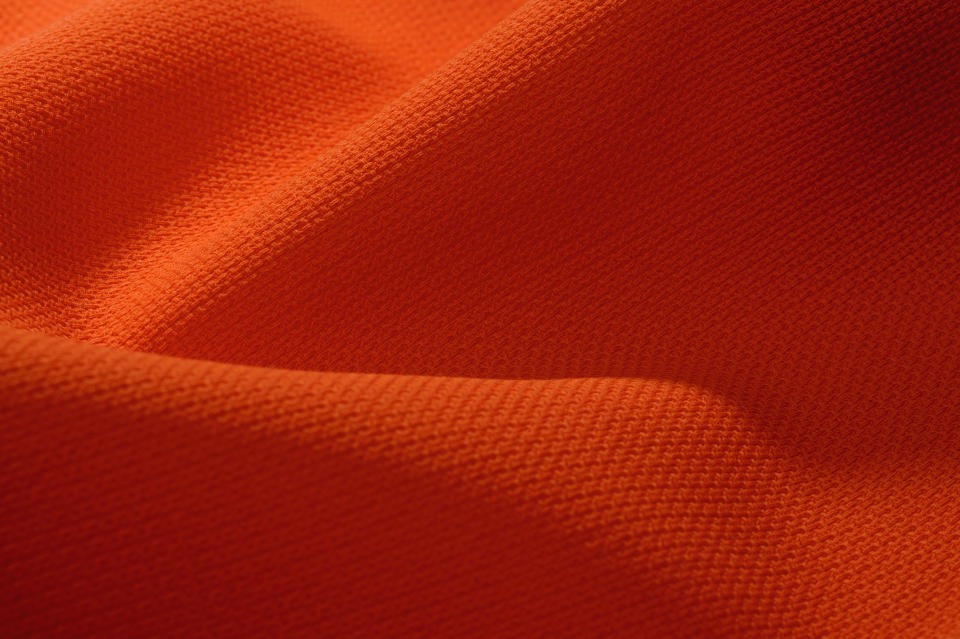
Chargeurs PCC spotlighted a super-light and breathable interlining weighing only 10 grams per square meter, as well as stretch and performance products intended for the athleisure market. Over at premium thermal insulation company Thermore, the Ecodown Fibers Ocean crafted from 100 percent PET bottles signaled the company’s sustainability commitment.
Best of WWD


